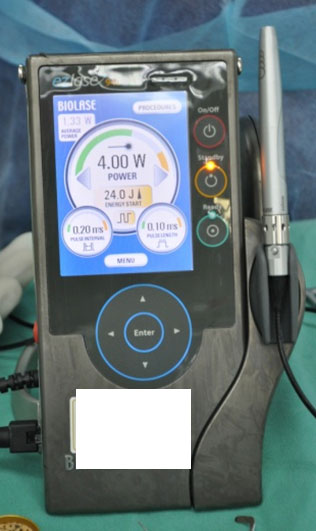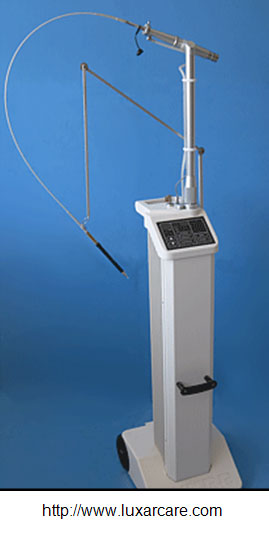Introduction
What Is Laser?
Laser is the acronym for Light Amplification by Stimulated Emission of Radiation. Laser is a focused coherent light with extremely high energy and produced by a machine.
Laser originated from light amplification process as a result of constant continuous pumping mechanism to the active medium (Figure 1). These activated atoms of the medium then will absorb more energy and became further stimulated producing light that is doubled in energy, as described by Albert Einstein’s theory. The energy output is laser.
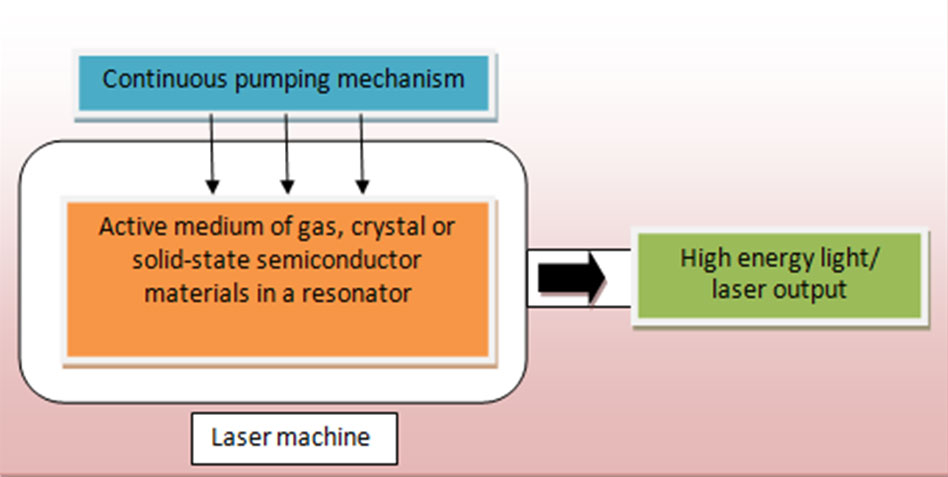
Figure 1: Simplified diagram of how laser is produced (modified from Pohlhaus, 2012)
Laser light is monochromatic, and sometimes the wavelength is within the invisible light spectrum (Figure 2).
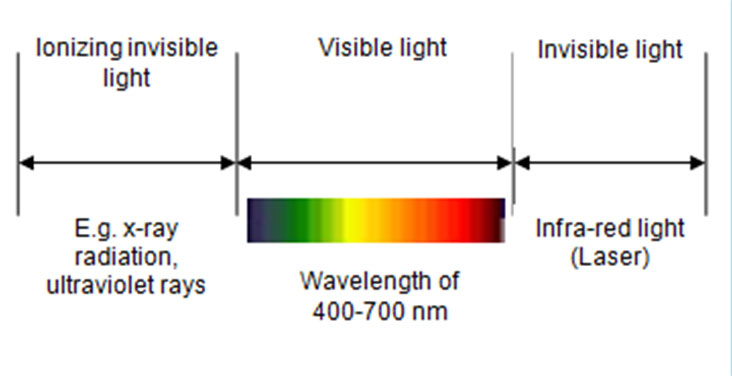
Figure 2: Part of the electromagnetic wave spectrum showing the visible and invisible light to the human eyes
Types of Lasers used in Dental Treatment
Lasers can be grouped according to the active medium used or the wavelength produced (Table 1).
|
Type of laser
|
Active medium
|
Wavelength (nm)
|
Dental Applications
|
| Diode | Semiconductor such as aluminum, gallium, arsenide |
800 and 830
|
Caries and calculus detection Intraoral general and implant soft tissue surgery Subgingival debridement and periimplantitis, analgesia , dentinal hypersensitivity treatment,mouth ulcers, removal of melanin pigmentationon the gingiva. |
| Gallium, arsenide |
904
|
||
| Indium, gallium dan arsenide |
940 dan 980
|
||
| Nd:YAG | Nedymium doped yttrium aluminum garnet |
1,064
|
|
| Er,Cr:YSGG | Kristal: Erbium-chromium-doped yttrium scandium gallium garnet |
2,780
|
All of the above Caries removal and preparation of cavity |
| Er:YAG | Kristal: Erbium doped yttrium aluminum garnet |
2,940
|
|
| CO2 | Carbon dioxide |
10,600
|
As indicated above |
Table 1: Types of laser used in dentistry
Indications of Laser in Dental Treatment
Utilization of lasers in dentistry started as early as 1960s, as an alternative to simplify dental treatment procedures.
The advantages of laser are haemostasis (control of bleeding during surgery), bactericidal effect, and minimal wound contraction.
Indications of laser in dentistry:
- Dental caries treatment:Laser directed at a carious surface will heat the watery content causing small water molecules explosions and evaporations leaving a clean cavity that is ready for restoration.
- Cancer and caries detection:Certain biological pigments will fluoresce when shone with laser at certain wavelength.
- Healing:In treatment of ulcers, nerve pain and sensitive teeth, laser ablation can fasten tissue healing processes, by promoting collagen formation, reducing pain and anti-inflammatory.
- Antibacterial:Solutions that contain active ingredients will be injected into the gum area and root canal spaces, and with laser radiation, free oxygen radicals will form and destroy bacteria efficiently.
- Whitening teeth:Teeth whitening solutions will interact with laser radiation producing free oxygen radicals that whitens teeth by breaking down the coloured pigments deep within the teeth structure.
- Minor surgeries of the gum and other oral soft tissuesLaser can be used to incise abnormal tissues, rectify gum structures and reposition muscle attachments e.g. fraenum. Laser assisted surgeries resulted in less bleeding.
Clinical Example
Figure 3: Example of a diode laser machine (a) and (b) CO2 laser machine commonly used in dental clinics
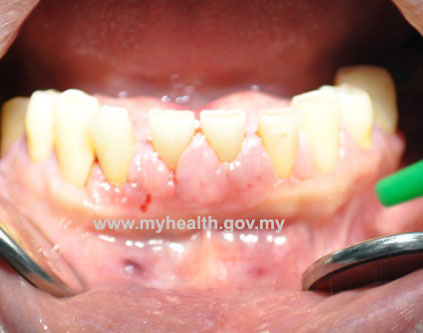
Figure 4: The enlarged gum of patient with gum disease and complications of certain medications
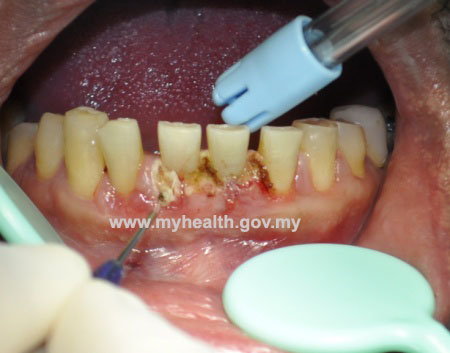
Figure 5: Laser being used to reshape the gum contour
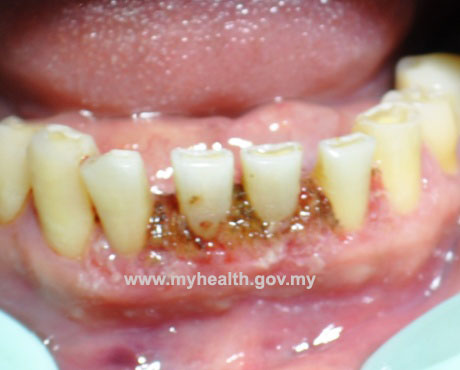
Figure 6: After treatment, showing a more aesthetic gum contour and very minimal bleeding.
Considerations during laser treatment:
- Patients and the dental personals must put on protective eye wears,
- The instruments used must not reflect laser beam by using wet gauze coverage.
- Case selection must coincide with the indications and the doctor’s experience
- Ensure adequate high-speed evacuation system to capture the laser plume (smoke).
Advise to Patients
Laser treatment is a safe and effective procedure.
The only limitation of using laser in dental treatment would be the high cost compared to the similar effectiveness obtained using conventional dental treatment, except for some added advantages as describe earlier.
Government dental clinics providing laser assisted treatments are only limited to certain Oral Surgery and Periodontics Specialist Clinic with the facilities, and dental clinics in universities (IPTA).
References
- Pohlhaus, S.R. (2012). Lasers in Dentistry: Minimally Invasive Instruments for the Modern Practice. Retrived July 7, 2014, from media.dentalcare.com/media/En-Us/education/ce394/ce394.pdf
- Laser (n.d.) In Pusat Rujukan Persuratan Melayu. Retrived July 7, 2014, from prpm.dbp.gov.my
- Coluzzi, D.J. (2008). Fundamentals of Lasers in Dentistry: Basic Science, Tissue Interaction and Instrumentation (Electronic version). Journal of Laser Dentistry; 16 (Special Issue): 4-10.
- Caranza’s Clinical Periodontology,11e (2012). Recent Advances in Surgical Technology. Chapter 64: 601-607
| Last Reviewed | : | 15 January 2015 |
| Writer | : | Dr. Ayros Asmawati bt. Mohd Ayub |
| Accreditor | : | Dr. Norhani bt. Abd Rani |


